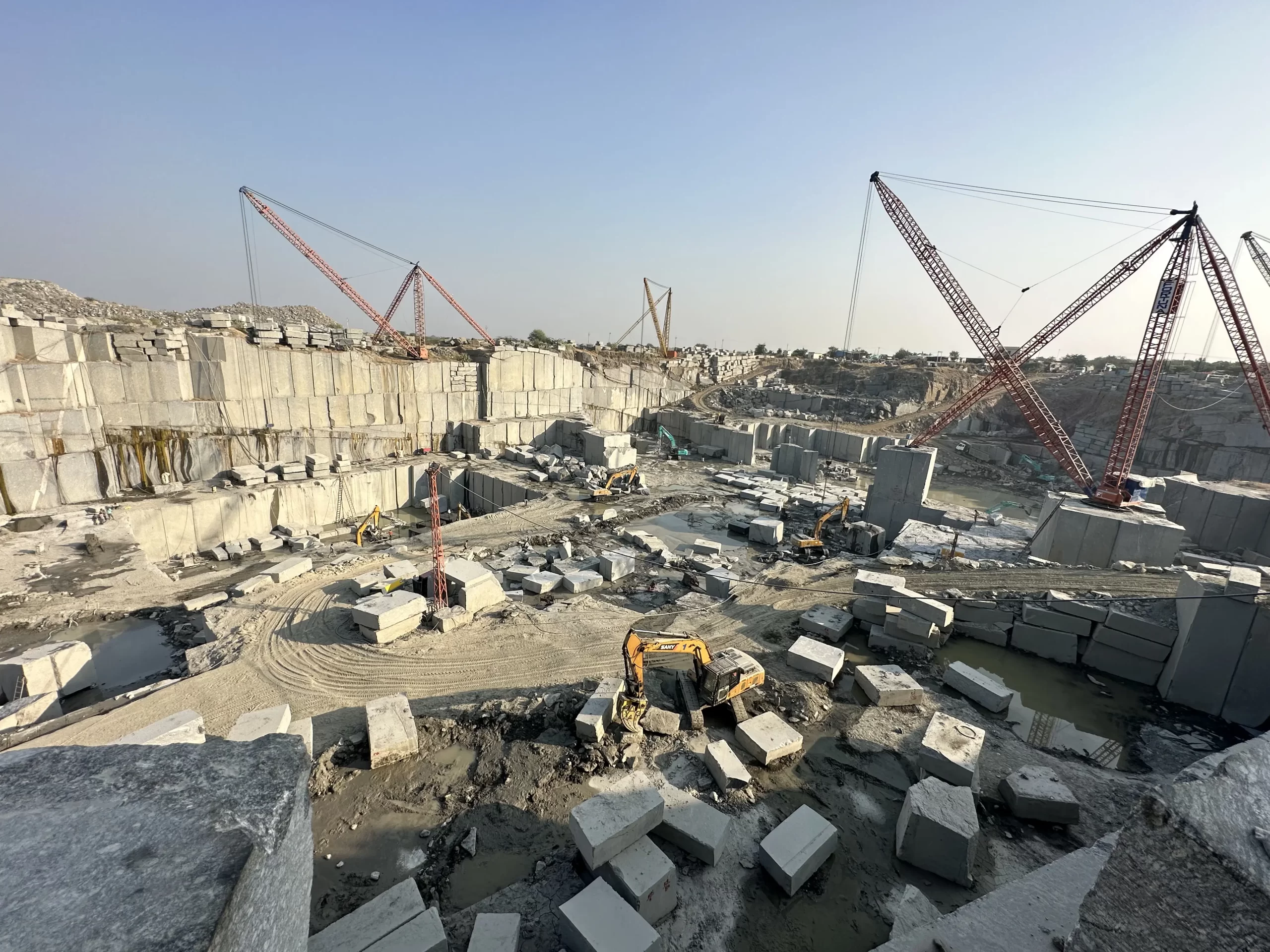Revealing the Mysteries of Granite Quarrying: Where Toughness and Elegance Meet
The world of granite quarrying is a world where the raw strength of nature converges with human creativity to develop frameworks that stand the test of time with an air of beauty. From the depths of quarries to the careful sprucing up in workshops, the process of transforming granite right into architectural marvels is a complicated dance of custom and technology. As we peer right into the midsts of this old craft, we start to reveal the hidden ins and outs that form the really significance of our built environment.
The Origins of Granite Quarrying
In the annals of architectural history, the origins of granite quarrying are shrouded in a tapestry of ancient craftsmanship and geological marvels. Going back to old Egypt and Mesopotamia, the removal of granite from quarries noted the start of a trip that would ultimately cause the production of several of the globe's most legendary frameworks.
Granite quarrying's origins can be traced to the proficient artisans who recognized the stone's sturdiness and visual allure. Via a combination of primitive tools and large resolution, these very early quarry employees discovered granite blocks that would become the structure blocks of human beings.
As human beings advanced, so did the strategies of quarrying granite. The Romans, renowned for their design prowess, established advanced methods for removing granite to build monuments, holy places, and roadways that stood the test of time.
The legacy of these old quarrying methods remains to form contemporary design, with granite remaining an icon of stamina and beauty in construction tasks around the world. (granite quarries in south africa)
Tools of the Quarrying Profession
The development of granite quarrying techniques from old human beings to modern-day times highlights the vital function played by the tools of the quarrying sell forming the industry's techniques. In ancient times, quarrying devices were simple, frequently consisting of knives, hammers, and wedges made from products like bronze or iron. These tools required considerable manpower and time to essence granite blocks from quarries.

Furthermore, the introduction of pneumatically-driven tools and high-powered equipment has dramatically reduced the physical labor called for in quarrying image source procedures, boosting employee security and efficiency. As the quarrying market remains to innovate, the devices of the profession stay at the leading edge of driving development and shaping the future of granite extraction.
Removing Blocks of Granite
Making use of accuracy machinery and progressed methods, the extraction of granite blocks from quarries has actually ended up being an advanced process in the contemporary quarrying industry. Regulated blasting strategies are then used to break apart the granite right into manageable areas.

Sprucing Up and Completing Strategies
To achieve a perfect surface area on granite blocks, skilled artisans utilize a collection of precise sprucing up and ending up methods. After the first extraction and forming procedures, the granite blocks undergo a thorough polishing phase to improve their natural appeal and sturdiness. One usual technique made use of in polishing granite is ruby abrasion, where industrial rubies are used to grind and brighten the rock to a smooth surface. This procedure not only produces a lustrous surface yet likewise ensures harmony in color and structure throughout the granite block.
In addition to polishing, completing methods are applied to additional refine the granite's appearance. By thoroughly selecting and applying these brightening and ending up methods, craftsmens can transform raw granite blocks right into elegant items that display both strength and sophistication.

Ecological Impact and Sustainability
With the growing focus on ecological awareness in the sector, granite quarrying practices are progressively inspected for their influence on natural resources and long-lasting sustainability. Furthermore, the transport of granite from quarries to refining centers creates carbon emissions, even more contributing to environmental deterioration.
To alleviate these influences and guarantee sustainability in More hints granite quarrying, market stakeholders are embracing numerous actions. Applying advanced technologies to reduce energy consumption and water usage, reclaiming quarried land for ecological restoration, and promoting responsible sourcing techniques are some approaches being used. In addition, certifications such as the Forest Stewardship Council (FSC) and the Leadership in Energy and Environmental Layout (LEED) aid customers determine ecologically friendly granite great site items.
Final Thought
In conclusion, granite quarrying is a procedure that needs specialized devices and methods to extract blocks of granite and brighten them to a high level of coating. While the environmental influence of quarrying can be considerable, initiatives are being made to enhance sustainability practices in the market. In general, granite quarrying is a fragile equilibrium between harnessing the toughness and beauty of this all-natural stone while decreasing its influence on the setting.